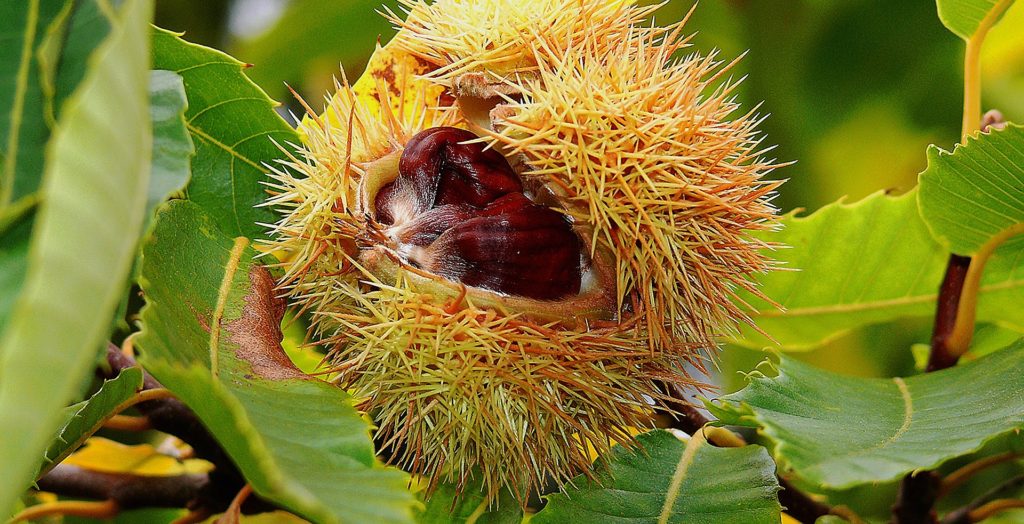I’ve had some incredible teachers in my time, starting with my parents. My parents taught me SO MANY THINGS. My dad’s been gone now for five years. My mom for 20. They teach me new things every day.
Thanks to my parents, I’m something of a connoisseur of good teaching. With a voracious appetite for learning. Which is why I know where a good teacher can take you.
Anya Achtenberg is a precious gem. She creates a space of safety and acceptance in her online classes that draws out the most amazing, vulnerable, true writing I have seen in my not-insignificant survey of memoir writing classes.
Her comments on student work are invaluable. As is the sense of community she fosters and the level of peer feedback and support she invites. I have taken two classes with Anya, who offers them from her website, the Disobedient Writer. I will most definitely take more.
Where can a good teacher take you? Anya can take you places you didn’t know were inside you. Bringing out stories you need to tell and others need to hear.
Thank you, Anya. Thank you, good teachers. The world needs more of you.
Here’s a vignette I wrote in the first class I took with Anya, called “Claiming Our Stories.”
Tree of Memory
In my family growing up, we were allowed to have soda (which we called pop) on the nights we had pizza for dinner. But only on the nights we had pizza for dinner.
My mom seldom drank any because carbonated beverages gave her the hiccups. But Dr. Pepper was what she liked best. My dad liked the green ones without allegiance—either 7-Eleven or Sprite was fine.
Pizza nights did not involve delivery. Dough, made from scratch, was topped with sauce, surely made from scratch, too. (I can’t absolutely swear to that last bit, but it’s a safe bet. I certainly can’t make out jars of sauce in the pantry of my memory.)
We had homemade pizza, or we didn’t have pizza. One year I had a pizza birthday party. My mother made some ridiculous number of pizzas; everyone was amazed that anyone would make pizza at home. My pizza birthday party—I think it was my seventh—took place at our house in Beckley.
Our kitchen at 108 6th Street was at the back of the house, reaching almost across its width. Our only bathroom—small, with a compact tub—took up the back-right corner. As a Father’s Day gift to my father one year, my mother redecorated the bathroom. I may have “helped,” but I don’t remember it if I did. She painted all the trim blue, wallpapered the walls with a cheerful, red-yellow-and-blue floral print, sewed window curtains and a shower curtain to match. I don’t remember my father’s reaction.
There was a chestnut tree in the backyard that I used to joke I all but grew up in. It was a strong, sturdy tree with deep brown, cracked bark—some spots worn smooth with frequent climbing.
There was one obvious way to climb into the tree from the ground, which we kids christened the front door to our pretend home.
On the left as you entered was what we called the Papa Chair. A deep v-shape, it was the perfect spot to stretch out on your back, hands clasped behind your neck, legs crossed at the ankles and propped up in front of you. Taking in a deep inhale of the sweet summer night air, watching the fireflies begin to blink against the not-quite-dark-yet sky.

One warm afternoon, barefoot, I jumped out of the Papa Chair and landed on a bee. It didn’t end well for either of us.
I got stung, the bee died, and by dinner my foot had swollen up so much I couldn’t walk. In addition to the swelling, I had a fever, and my parents ultimately decided to take me to the ER. Doctors removed the stinger, and my foot returned to its normal size soon enough.
Pain on jumping from the chestnut tree didn’t always involve bees. More often, it involved landing on one of the many burrs that littered the ground beneath the tree every fall. In the spring, the burrs were a bright, almost fluorescent green and still firmly attached to the trees. By the time they fell to the ground, they’d turned brown, where they blended in and were hard to spot. And thus hard to dodge.
We would sometimes tear into the fallen burrs and take tastes of the white flaky chestnut meat inside. I remember being unimpressed. To this day, I’ve never quite come around to chestnuts.
We called the area to the right of the chestnut tree’s front door the kitchen. I can’t remember why we thought this was fitting, but I know we did.
At the back of the tree, straight back from the front door, a long branch extended up at about a 30-degree angle. My father had firmly secured an old ladder along the length of this back branch, enabling us to scramble up its rungs and into the chestnut tree’s attic.
I spent hours and hours in that chestnut tree. Especially in the summer, when I would often be barefoot. Even after the bee sting.
It was so much easier to climb in bare feet.
There was also a pear tree in the back yard, a bit beyond the chestnut tree. And next to the chestnut tree, behind the kitchen, was an apple tree. Both bore fruit, although I only remember the apples as small, hard, and sour.
Did my father try using them to make applesauce? Surely, he would have.
My father would eat applesauce with every single meal if he could. It was usually from Kroger’s, in large glass jars with small white metal caps that screwed on and off. Generic brand if there was one to be had.
But sometimes he would make his own using fallen fruit he meticulously peeled and removed all the bruised flesh from. He had a worn metal cone-shaped sieve with feet. He would press cooked apple through the holes of the sieve using a cone-shaped pestle made of wood.
The emerging applesauce would cling to the sides, growing through holes. A yellowish beard quickly shaven into the waiting bowl below with deft strokes of a spatula against the metal cone.
The smell of cooked apples wafting through the house still sings fall to me.
2
